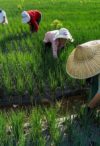
Confronting the triple trap of the COVID-19 pandemic, economic downturn, and ecological crisis, the Chinese leadership has reiterated that “China puts the people’s interests first—nothing is more precious than people’s lives.” This kind of people-centered governance philosophy is ostensibly meant to protect the lives and health of the people, while defending people’s property under the basic system of collective ownership. | more…

In China, the orientation toward “ecological civilization” has been proposed for some years. But if the hard core of developmentalism and modernization continues to be the guiding principle, China will continue to be challenged by social injustice and environmental devastation. | more…
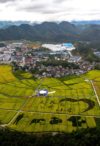
Survival Bricolage of Zhoujiazhuang and Puhan Rural Community
Zhoujiazhuang and the Puhan Rural Community offer contrasting experiences of how communities in different parts of China have responded to, negotiated, and undergone extensive changes during the last forty years since the reform policy was implemented in the country in 1979. | more…
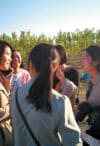
The Making of Puhan Rural Community in North China
Originally set up in 1998 in China, the Puhan Rural Community was the first peasant-initiated, cross-village organization established after the collapse of the top-down people’s communes and the implementation of the household responsibility system. Puhan learned a lesson about the exploitation of usurious microfinance and decided that it was capable of establishing a system of mutual aid credit by itself, changing the cultural emphasis on money. Its story of struggling with rural financial organizations opens up a debate on the trap of marketization and monetization, the root causes of loans and debts, the negotiating power of collectives, the production mode of ecological agriculture, and the redefinition of the commonwealth. | more…
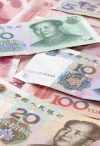
There is considerable interest in the history and characterization of China’s economy. This overview of the evolution of the renminbi from the late Qing dynasty to the present, shows how China’s political and economic changes in the twentieth and twenty-first centuries are reflected in the development of its highly contested modern currency system. | more…
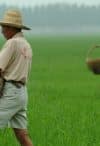
Throughout China’s nearly seventy-year history of industrialization and financialization, whenever the cost of an economic crisis could be transferred to the rural sector, capital-intensive urban industries have had a “soft landing” and existing institutional arrangements have been maintained—a pattern that continues today. We argue that Chinese peasants and rural communities have rescued the country from no fewer than ten such economic crises. | more…





